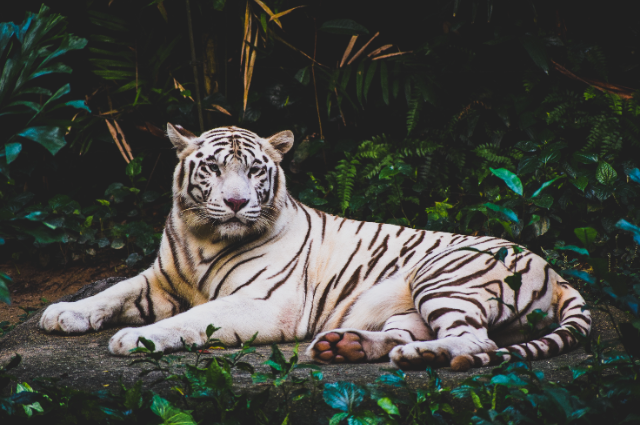
Photo by Smit Patel on Unsplash
World Wildlife Day, observed on March 3rd each year, is a global celebration dedicated to raising awareness about the world’s diverse flora and fauna. Established by the United Nations in 2013, this day serves as a reminder of the importance of wildlife and the need for conservation efforts to protect our planet’s rich biodiversity.
Themes
The theme for World Wildlife Day varies each year, focusing on different aspects of wildlife conservation. Governments, organizations, and individuals worldwide come together to highlight the challenges faced by various species and to promote sustainable practices for the coexistence of humans and wildlife.
Biodiversity in Peril
The world is experiencing a biodiversity crisis, with many species facing extinction due to habitat loss, climate change, pollution, and illegal wildlife trade. World Wildlife Day emphasizes the urgent need for action to protect vulnerable ecosystems and the species that depend on them.
Forests and Livelihoods
In 2023, World Wildlife Day focuses on the critical role of forests in supporting both wildlife and human communities. Forests are home to a staggering array of plant and animal species, playing a vital role In maintaining ecological balance. Moreover, they provide livelihoods for millions of people worldwide, from indigenous communities to urban populations.
Conservation Initiatives and Success Stories
On World Wildlife Day, success stories in conservation are highlighted to inspire collective action. Efforts to protect endangered species, restore habitats, and combat wildlife trafficking demonstrate that positive change is possible when individuals and organizations work together.
Individual Responsibility
Beyond the organized events, World Wildlife Day encourages individuals to reflect on their daily choices and their impact on the environment. Responsible consumer choices, sustainable practices, and supporting conservation initiatives contribute to the global effort to preserve biodiversity.
Global Collaboration for a Sustainable Future
World Wildlife Day serves as a rallying point for governments, NGOs, and citizens to collaborate in the fight against biodiversity loss. By recognizing the interconnectedness of all life on Earth, we can strive for a more sustainable and harmonious coexistence with nature.
Challenges and Threats to Wildlife
Despite ongoing conservation efforts, numerous challenges persist. Climate change poses a significant threat to many species as shifting weather patterns and rising temperatures alter their habitats. Deforestation, driven by agricultural expansion and logging, continues to diminish vital ecosystems, leaving countless species without a suitable home.
Illegal Wildlife Trade
One of the most pressing issues is the illegal wildlife trade, a lucrative and destructive industry. Animals are captured and trafficked for various purposes, including exotic pets, traditional medicines, and luxury goods. World Wildlife Day emphasizes the importance of combating this illicit trade through strengthened law enforcement, international cooperation, and public awareness.
Empowering Local Communities
An essential aspect of effective conservation is recognizing the role of local communities in safeguarding wildlife. Indigenous people often have a deep understanding of their ecosystems and play a crucial role in preserving biodiversity. Empowering these communities, respecting their knowledge, and involving them in decision-making processes are vital steps toward sustainable conservation.
Technological Innovations in Conservation
Advancements in technology also play a pivotal role in wildlife conservation. From satellite tracking to DNA analysis, these tools enable researchers to monitor and protect endangered species more effectively. Drones, for instance, are used to survey vast areas quickly, while artificial intelligence aids in analyzing large datasets to identify patterns and potential threats.
Education and Outreach
World Wildlife Day serves as an educational platform, fostering awareness and understanding of the importance of wildlife. Schools, museums, and environmental organizations engage in various activities to educate people of all ages about biodiversity, ecological balance, and the interconnectedness of life on Earth.
Looking Forward: A Call to Action
As we celebrate World Wildlife Day, it is crucial to recognize that the future of our planet depends on our collective actions. Governments, businesses, and individuals must commit to sustainable practices, conservation efforts, and policy changes that prioritize the well-being of both humanity and the natural world. By acknowledging the value of biodiversity, understanding the threats faced by wildlife, and taking proactive steps towards conservation, we can ensure a healthier and more resilient planet for generations to come. World Wildlife Day serves not only as a celebration of the wonders of our natural world but also as a solemn reminder of our shared responsibility to protect it.
Conclusion
World Wildlife Day provides a platform for advocating the importance of biodiversity conservation. It acts as a call to action, urging people around the globe to join forces in protecting the incredible variety of life on our planet for current and future generations.
